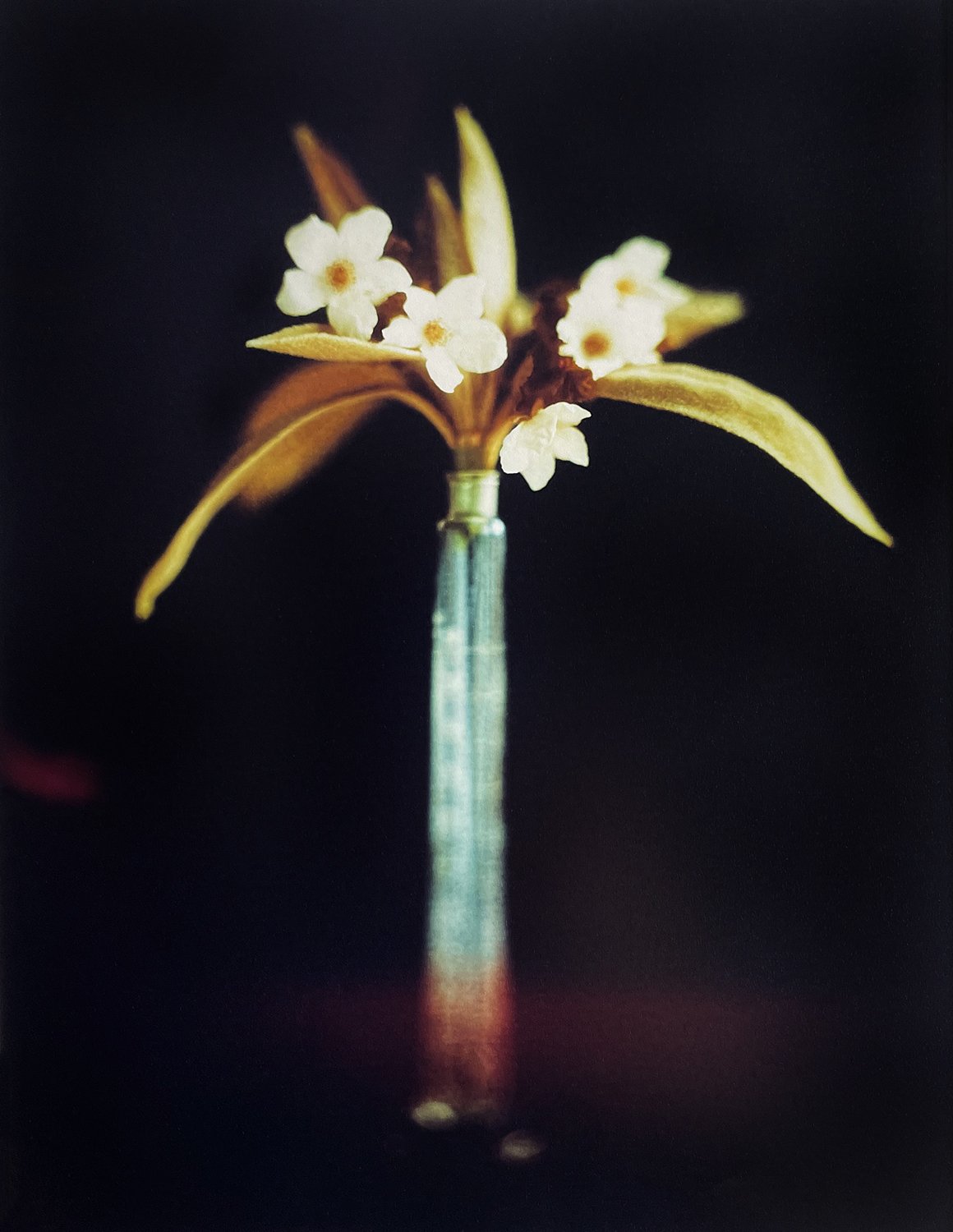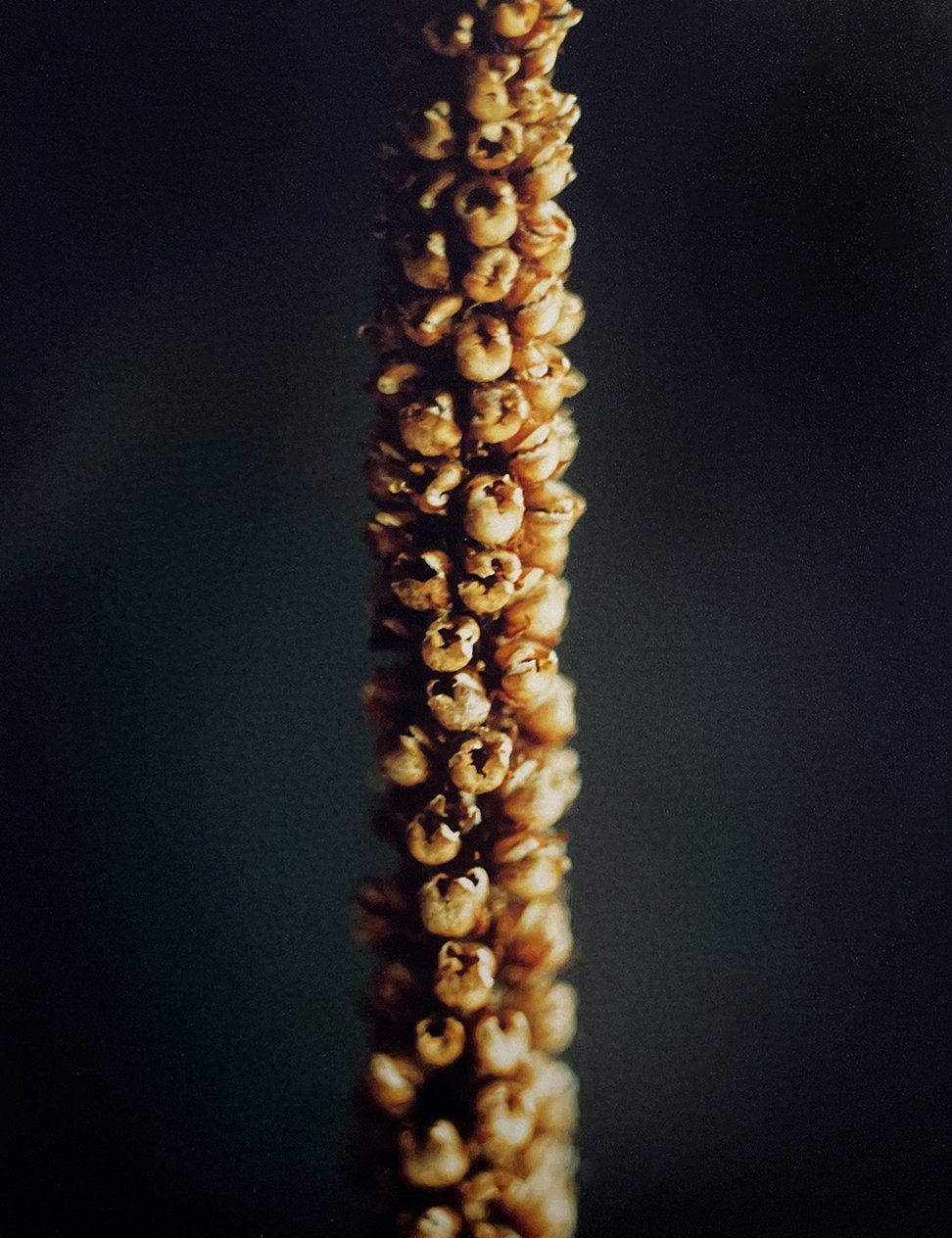I’m reading about Otto Rank’s take on creativity. How a creative life can buffer death anxiety and how there is a dark side to the theory as well. I’m writing about a lot of this in the introduction to my book.
“Rank asked why the artist so often avoids clinical neurosis when he is so much a candidate for it because of his vivid imagination, his openness to the finest and broadest aspects of experience, his isolation from the cultural worldview that satisfies everyone else. The answer is that he takes in the world, but instead of being oppressed by it he reworks it in his own personality and recreates it in the work of art.”
The evolution of this project has been enormous. The journey has taken an organic and authentic path to what I feel is the best work and the biggest contribution I’ve made in my creative life. I talk to my wife frequently about how few people “get this” or are interested in it. We have conversations about what that means or doesn't mean.
For me, it plays no role in my ambition and desire to make the work and offer it to the world. I have to do it. I can feel the effects of the work in my own life. I see photography and art in such a different way now. I see life and human behavior in a new and different way. I feel like I’ve grown and evolved immensely while making this work—it’s humbling and awesome.
I know I would have a larger audience for the project if I paid more attention to social media and marketing. I just don’t have that in me, and I couldn’t care less about it, to be completely honest. However, I do want people to engage with these ideas and my work. Maybe it’s for a different time or a different place. I’m not sure and can’t be bothered with that now. I just need to do the work and keep writing and thinking. I’m so grateful to have the time, health, and energy to do this. I’m thankful beyond words to live a life like this. I do appreciate those who read my essays and rants. I truly appreciate the feedback and the conversations I’ve had because of this project and posting these essays. Thank you. It means a lot to me. You know who you are.
“Rocky Mountain Raspberry Flower and Mullein in a Glass Graduate,” 10” x 10” (25,4 x 25,4 cm), June 10, 2023, RA-4 Color Reversal Print (direct positive, in camera, no negative).
I’ve always said that I’m a frustrated painter. I’ve been experimenting with the technical aspects of the RA-4 reversal process (direct color prints) to reflect that desire. I have a filter pack that I’ve dialed in to compensate for the RA-4 color paper. I use my old Petzval lenses for all of these images, and between that old glass and my exposure times, I can get very painterly-looking images. I truly love them. My filter pack and this high-altitude light render black as red or reddish-magenta. The Rocky Mountain Raspberry plants started flowering the other day, and I knew they wouldn’t be around very long, so I crafted a scene where I could have a “painterly” background and isolate that beautiful white flower. I am very pleased with the results. I really love the “apocalyptic” sky in the one print too. The process reveals such wonderful renditions of the flora here.
I’ll continue to work over the summer. I plan on making several landscape images as well as some fauna prints. I’ll continue to work with the flora as the new season brings life to the mountain.
“Rocky Mountain Raspberry Flower and Mullein in a Glass Graduate,” 10” x 10” (25,4 x 25,4 cm), June 10, 2023, RA-4 Color Reversal Print (direct positive, in camera, no negative).






















